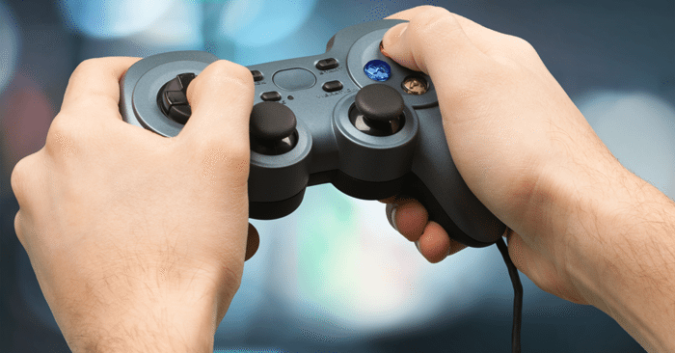Atticus Edmunds loves a good adrenaline rush. With his helmet on and seat belt strapped tightly in place, the 8-year-old is ready to roll and tear up his neighborhood skate park.
Why does Atticus need a seat belt at a skate park? Because Atticus has cerebral palsy, which keeps him confined to a wheelchair. With his father’s help, Atticus can cruise the skate park ramps at speeds he never dreamed of reaching. He loves it. But, Atticus’ parents know their son would love the experience even more if he could navigate those ramps on his own.
Thanks to advancements in science and gaming technology, Atticus may very well get that opportunity.
Children with Cerebral Palsy: Causes & Symptoms
Cerebral Palsy (CP) is a group of disorders that affect a person’s ability to control his or her muscles. CP is the most common of all childhood disabilities, affecting approximately 3 out of every 1,000 births in the United States. Today, more than 750,000 children and adults are currently living with Cerebral Palsy. The symptoms of CP vary. A person with severe CP might need special equipment to walk. A person with milder CP, on the other hand, might walk a little awkwardly, but does not require special assistance.
CP is caused by brain damage which can happen either before birth, during birth, within a month after birth, or during the first few years of a child’s life. CP related to brain damage before or during birth is called congenital CP, which makes up 85-90% of all CP cases. There is no cure for CP, but treatment and rehabilitation — and, now, even video games — have shown to improve the lives of those who have the condition.
Video Game Therapy Gets Children with CP Engaged and Moving
Recently, a team of professors at Drexel University formed a startup company called enAble Games with the goal of making video games that can be used as part of therapy exercise sessions. Since children with CP often have difficulty with motor skills and functional mobility — as well as very little exposure to physical activity — the professors tapped into Microsoft’s Kinect technology to create an interactive game that will allow CP patients build physical stamina, strength and range of motion.
“As they age, children and youth should participate in longer periods of activity. The national physical activity guidelines recommend at least 60 minutes of moderate to vigorous physical activity daily,” says Margaret O’Neil, PhD, an associate professor in the Department of Physical Therapy and Rehabilitation Sciences in Drexel’s College of Nursing and Health Professions and co-founder of enAble Games. “Unfortunately, most youth show trends toward decreased physical activity and increased sedentary behavior as they enter adolescence. This trend is even more pronounced in children and youth with disabilities including CP.”
Why Kinect?
The system, which is part of Microsoft’s Xbox gaming platform, uses a series of motion sensing input devices (similar to the Nintendo Wii) — rather than a handheld controller — to let users interact with the game through movements.
CP Patients Can Get Up and Play with “Kollect”
The first of enAble’s games suited for children with CP is called “Kollect.” It is described as a cross between the mobile game “Fruit Ninja” and the 1980s computer classic “Minesweeper.” The player operates two hand icons (with the option of using two foot icons too) with the goal of collecting floating objects, while dodging red mines.
“The earlier you can get them engaged, building strength, endurance and confidence, the better chance they have of adopting an active, healthy lifestyle so they can continue to walk until later in life and for longer distances,” says O’Neil.
From a therapeutic standpoint, “Kollect” may prove to be invaluable. Performance metrics are built into the game, allowing physical therapists to see how long their patients have been playing and how successful they are at reaching their therapy goals. The game also allows for remote access, so a physical therapist could adjust the setting of the game and monitor their patients’ progress between office visits.
Volumes of similar research also supports the feasibility of video game therapy for children with CP. The formation of enAble Games, and its subsequent development of “Kollect”, however, are just a few of the real trailblazers that are making this type of CP therapy a reality.
Improving the Lives of Children with CP
When it comes to therapy for any type of condition or disability, frustration can be a patient’s worst enemy. The next is boredom. The researchers at Drexel University are hoping enAble Games and Kollect will revolutionize the treatment. enAble Games is currently collecting feedback from Kollect players in an effort to advance the game’s functionality to meet even more ability levels. Doing so may one day give children with CP, like Atticus Edmunds, a chance to finally move independently.
